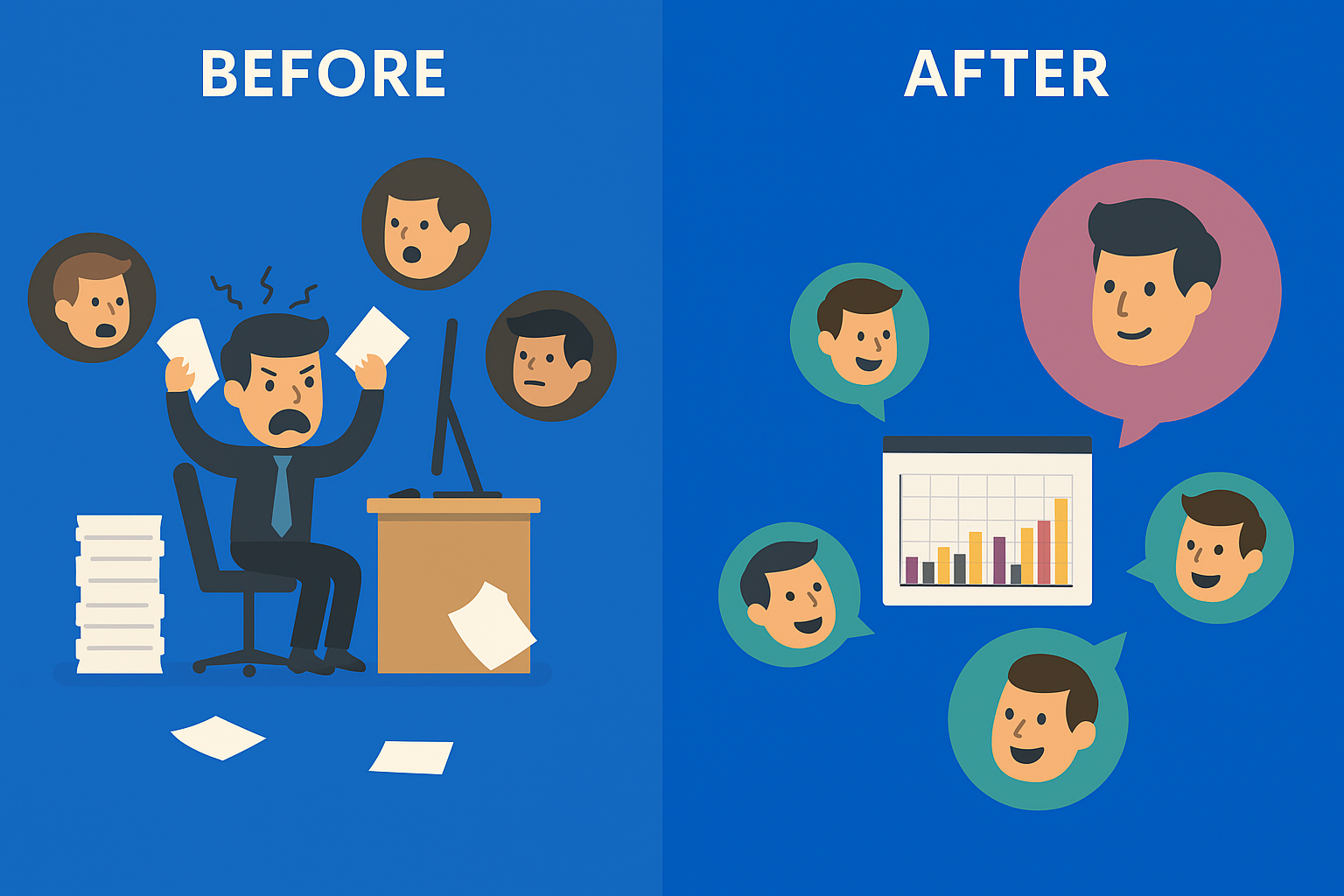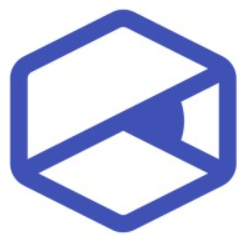Content Management Solutions to End the Chaos for Remote Teams
Remote content teams often face chaos from scattered files, fragmented feedback, and inefficient workflows. Using a centralized platform like EasyContent simplifies collaboration, enhances productivity, automates approvals, and secures content, transforming chaos into streamlined efficiency.

If you’re managing a remote content team, chances are you’ve experienced the chaos of trying to find "the latest file." Or worse - you’re juggling ten Slack messages, six versions of the same doc in Google Drive, and two emails from a client who still sends Word attachments.
Content chaos isn't just annoying - it slows down delivery, reduces quality, and drains your team’s energy. In this post, we’ll explore real content management solutions that bring order and speed to your workflows.
Key Takeaways
- Chaos comes from unclear workflows, scattered files, and poor visibility.
- A real CMS for remote teams centralizes content, supports collaboration, and offers version control.
- Top tools include Notion, Confluence, and ClickUp - each suited for different team needs.
- EasyContent offers purpose-built workflows, real-time editing, and editorial calendars for content-focused teams.
- Rolling out a CMS should be gradual: map your process, start simple, train your team, and assign owners.
Where Chaos Begins: Problems We All Recognize
1. Multiple versions with no control - four people working on the same document with no proper versioning system.
2. Scattered communication - comments in Slack, feedback in Zoom, tasks in Trello, and the real input buried in an email.
3. No single source of truth - documentation, briefs, and status updates scattered across tools.
4. Undefined workflows - nobody knows who’s next, what needs to be done, or by when.
5. Zero visibility - your Head of Content or VP of Marketing has no idea where things stand or who’s responsible.
If even one of these points sounds familiar - keep reading.
What Makes a Real CMS for Remote Teams
The right CMS for remote teams isn’t just a document locker. It should:
- Centralize your content and documentation
- Support real-time collaboration
- Offer robust version control
- Provide clear, customizable workflows
- Integrate with your existing tools
- Enable granular access control (who sees and edits what, and when)
Top 3 Content Management Tools for Remote Content Teams
1. Notion - Unlimited flexibility
Notion is your digital Swiss Army knife - part wiki, part task board, part calendar, and fully customizable. It’s perfect for teams that want to merge task management with content creation.
- Share knowledge and build resource hubs
- Collaborate in real-time
- Ideal for brainstorms and briefing
Best for: marketing agencies, startups, fast-evolving teams.
2. Confluence (by Atlassian) – Structured documentation
Confluence is built for robust documentation and plays especially well if you’re already using Jira.
- Strong permission system
- Full version history and change logs
- Ideal for technical documentation and cross-team collaboration
Best for: enterprise content teams, IT, and product organizations.
3. ClickUp Docs – Content meets task management
ClickUp combines project management with document creation. It lets you tie content directly to tasks, which works great for teams with a task-oriented setup.
- Unified space for tasks and content
- Real-time editing
- Integrates with email, Slack, and more
Best for: performance marketing teams, content & SEO agencies.
Where EasyContent Comes In
If you’re looking for a platform that’s laser-focused on content production, EasyContent is built exactly for that.
This isn’t a “do-everything” tool - it’s a purpose-driven solution that tackles content team chaos:
- Automated approval workflows - forget manual task assignments and endless email chains. The flow is predefined and structured.
- Real-time collaboration - work on the same content like in Google Docs, but with enterprise-grade control.
- Editorial calendar and dashboards - visualize your content pipeline and spot bottlenecks before they block you.
- Structured templates - consistent tone, format, and quality every time.
Tips to Roll Out a CMS Without a Headache
- Map the chaos - draw out how your current content flows from idea to publication. Spot the gaps.
- Start simple - don’t roll out every feature on day one. Start with documentation + workflow, then scale.
- Set naming conventions - standardize how you name files, tag content, and label statuses.
- Train your team - record short walkthrough videos or host a Q&A session.
- Assign a content owner - someone responsible for keeping the system clean and onboarding new teammates.
Case Study: How One Remote Team Killed the Chaos
Scenario: An 8-person remote content team using Google Docs, Slack, and Trello. Versions got lost, nobody knew which file was final, and project status lived in an Excel sheet.
Solution: They switched to EasyContent. Set up a workflow from brief > draft > review > approval > publish. Every step had a status, a responsible person, and a deadline - all in one place.
Results:
- 30% faster production cycle
- 70% fewer “where’s the file?” messages
- More consistent output and better performance tracking
Conclusion: Structure Breeds Creativity
Remote content teams can absolutely be high-performing content machines - but only if the chaos is brought under control. Tools like Notion, Confluence, ClickUp, or specialized platforms like EasyContent are how you establish that order.
With a clear workflow, everyone knows what to do, when, and how. That leads to less stress, more creativity, and better results.
Next step: If this sounds like your team’s reality, give EasyContent a try. There’s a 14-day free trial, no credit card needed. And no, it’s not just another CMS. It’s a system built for content teams that want to scale smart.






